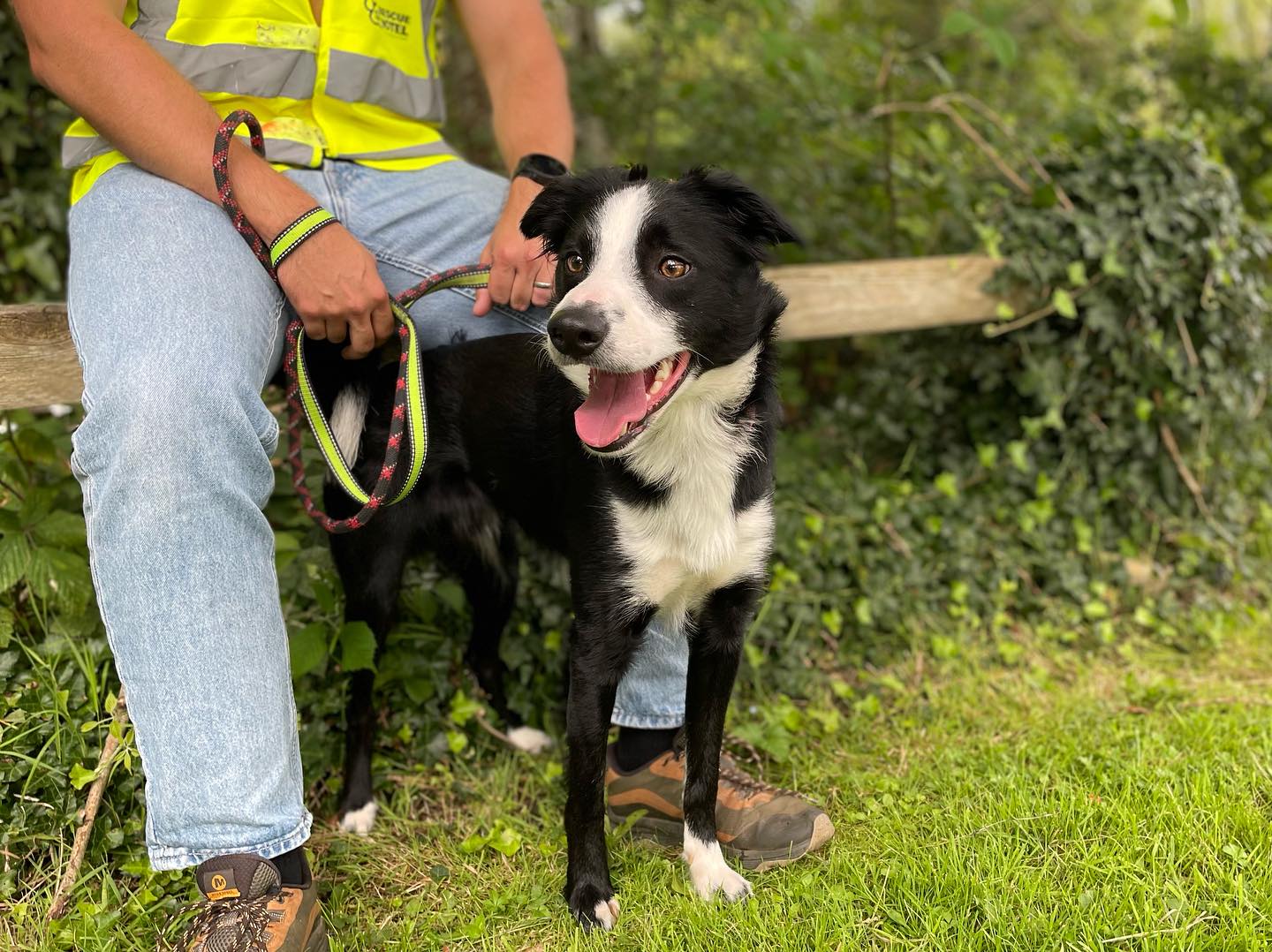
Loose lead walking
Complaints of dogs pulling on the lead is one of the most common issues and it can seem like a long haul! So, our behaviourist Kahla put together this cheat sheet to help you start to get control of your wayward pooch.
Firstly we need to look at WHY dogs pull. It seems totally nonsensical as surely it can’t be comfortable or pleasant to be choking yourself all the time.
Why do dogs pull on the lead?
- Excitement. They want to get to where they are going! They know the route to the park for example.
- Sniffing. Dogs lurching wildly at good smells is common too. Dogs gather most of their understanding about the world through their noses after all.
- Lack of understanding. They may not know how to walk with a loose lead as they have never been taught to, or allowed to pull.
- Incorrect equipment. A badly fitted harness or collar can increase pulling.
- Speed! Our dog’s natural gait is often faster than ours.
- Stress. This is commonly overlooked. Sometimes dogs pull hard to get to safer places or to get out of stressful ones.

Loose lead walking for beginners
Firstly, a quick note on equipment. There is no such thing as a ‘magic lead’. Equipment does not stop your dog pulling, training does. Some equipment can make the process easier by taking away some strength but the equipment itself will not stop your dog pulling.
So, how do we teach our dogs to walk with a loose lead? There’s hundreds of methods out there promising they will work, and most will! The only thing that is guaranteed to work however is CONSISTENCY. Whatever method you choose won’t work overnight and will take weeks of consistency and then lifetime maintenance. Below is my favourite method.
- Before you start, make sure to start in a quiet environment such as your living room. Only once your dog is proficient can you move to a busier environment. Utilise ‘in between’ spaces, so rather than nailing the skill in your living room then going to the park, use industrial estates and quiet fields to build skills up slowly.
- ‘Can you look at me’. This is moderately simple. Dog looks at you, you say ‘yes!’ and give them a treat. Rinse and repeat many times. This will become a good ‘tell’ later on as to how distracted your dog is. If they cannot even look at you, they certainly won’t be able to loose lead walk!
- ‘Can you follow me’. Have treats in your pocket not in your hand. When your dog looks at you, take a few exaggerated paces backwards and if your dog follows keenly, say ‘Yes!’ then reach into your pocket for a treat. I don’t like to rely on food lures here as it can be harder to fade them out. It also gives me a good read of how the dog feels, because even a stressed dog can often follow food, but it doesn’t mean they are truly learning. Rinse and repeat this step a few times with 100% success rate before progressing.
- ‘Can you walk next to me’. Provided step 1 and 2 have been successful then you can move to step 3. This can be tricky for the handler but persevere! Combine 1 and 2, so dog looks at you, treat, dog follows you as you move backwards, treat, and add in a 180 degree turn on the spot and a few steps forwards and treat. As the dog follows, turn on the spot, and reward your dog for continuing to follow you at your side.
- Slowly increase how many steps forwards you can take. If your dog pulls, stop, when they look at you, walk backwards and treat your dog for following again.
Each time you go to a new environment, start at stage one again to see how your dog copes. Each time you do this step three will happen more quickly.
This of course is not a magic wand and will not work overnight. Its important to bear in mind your dogs stress levels, so asking them to do Steps 3 and 4 in a dog park when they are already dog reactive may be a step too far! If you’re struggling, contact a good, positive reinforcement based trainer.




© 2022 The Rescue Hotel. Registered Charity Number 1189079